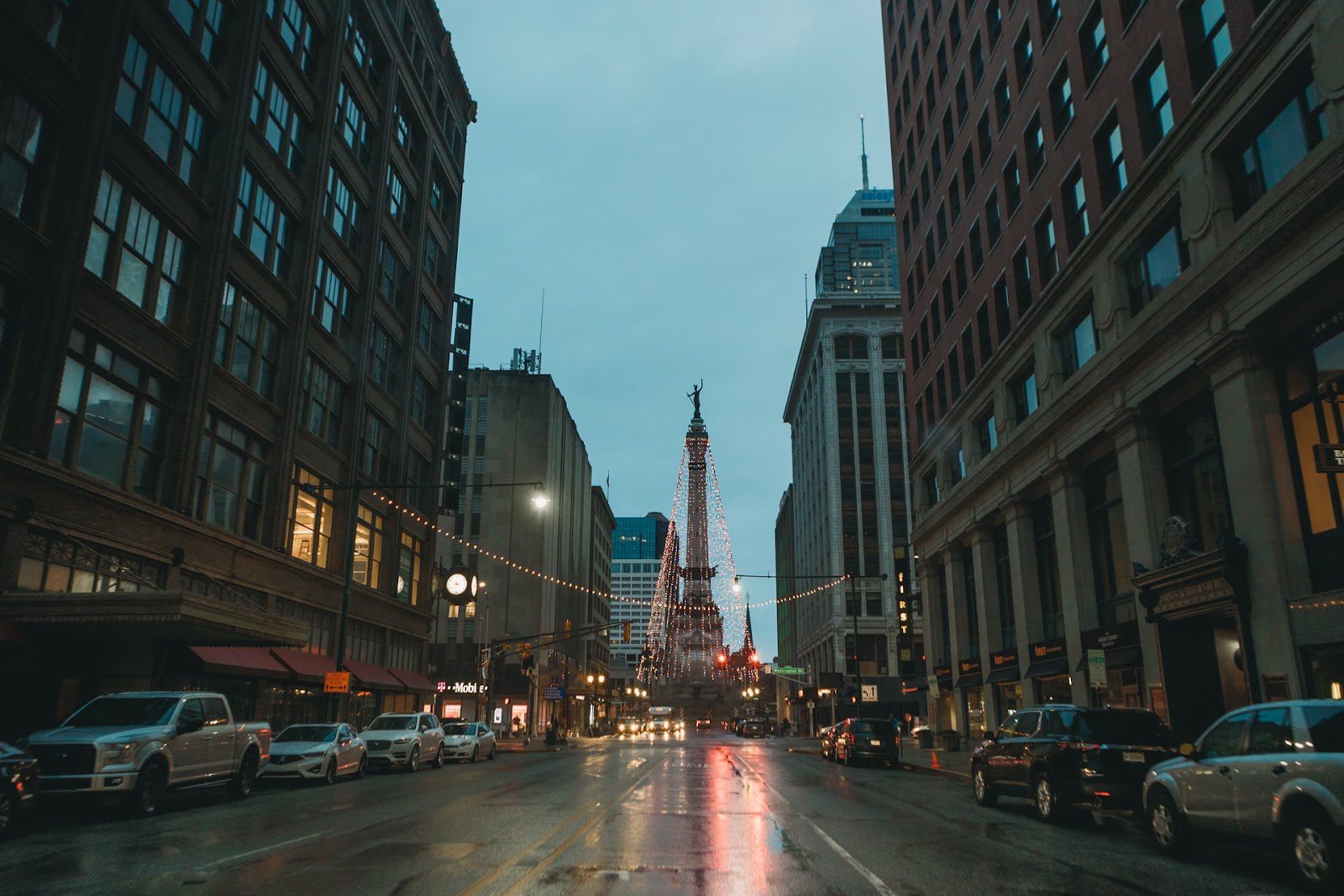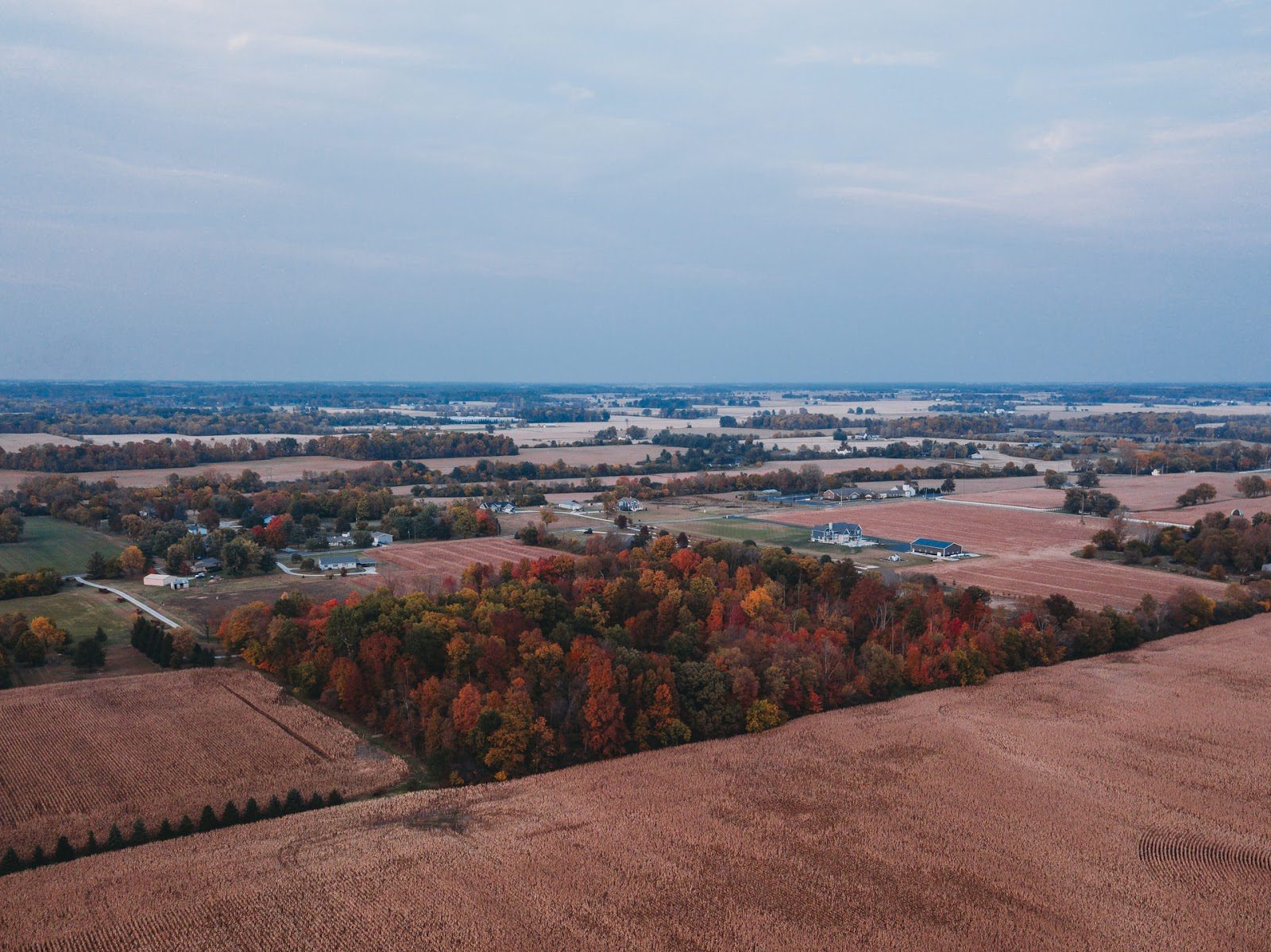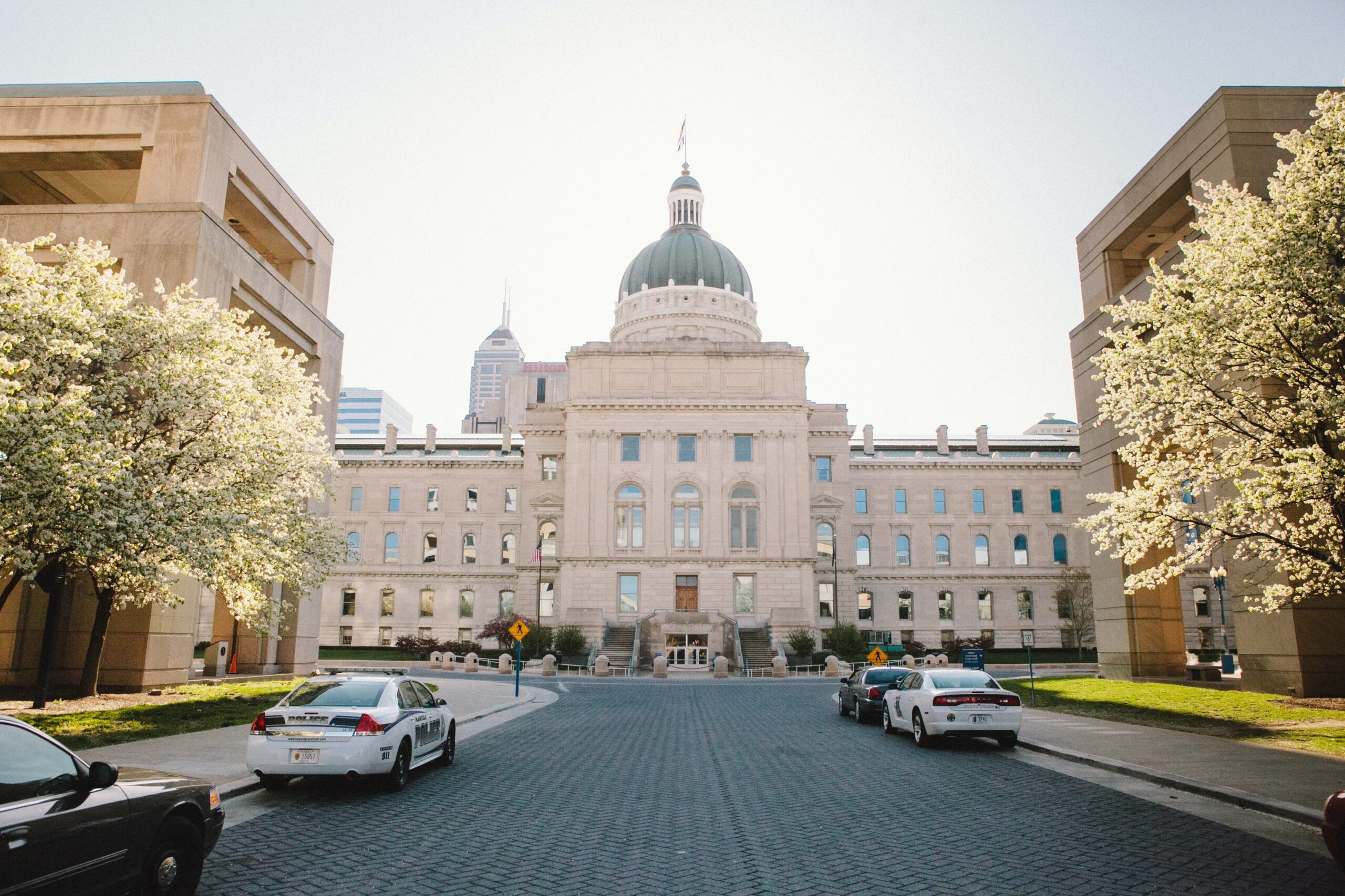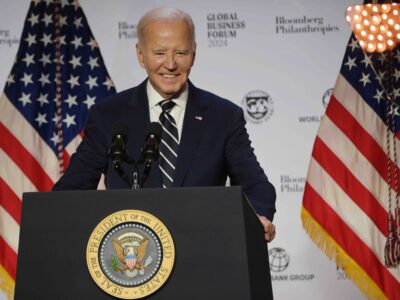With Funding Matches and New Federal Programs, Indiana Is Addressing Infrastructure Projects Across The State With A Focus On Renewable And Sustainable Options.
Indiana is hard at work distributing infrastructure funding across the state with a funding match program to support road and bridge projects. The state is also shifting emphasis to green infrastructure, including a new online green infrastructure tracking tool designed to improve the overall mapping of sustainable projects. Other areas of focus include expanding broadband to all residents and improving and replacing aging water systems.
Indiana Governor Eric Holcomb and Transportation commissioner Joe McGuinness announced more than $100 million in state matching funds for local governments working on improving roadways through the Community Crossing Matching Grant program. The program has committed to funds divided between 218 locations in 89 of the state’s 92 counties. It’s a program that historically makes a huge difference in municipalities’ funding budgets, providing more than $930 million since 2016. Each investment hopes to create jobs, strengthen local transportation options and trigger economic growth. Larger communities must match the grant at 50 percent, while smaller towns are expected to match at just 25 percent. State law requires that at least half the grants go to towns with populations less than 50,000.

“The state’s funding partnership allows local partners to tackle larger-scale projects more quickly than would otherwise be possible,” McGuinness explained. “[Partners can] maximize their resources to complete more projects and achieve the best possible value for Hoosiers.”
Work is ongoing in places like Valparaiso on Lake Michigan, where $1 million is being used to improve major transportation arteries through the city. Just north of Indianapolis, the city of Noblesville has repaired 20 miles of roads with a $300,000 grant.
“Indiana is the crossroads of America,” said Noblesville mayor Chris Jensen. “Our cities and towns and counties have to be the crossroads of Indiana. These dollars will help us get there.”
The state is also focusing on green infrastructure. Indiana University’s Environment Resilience Institute (ERI) has launched the Indiana Green City Mapper to help track progress in areas such as urban forests, green roofs, greenways, trails, parks, and food gardens. The new tracker will allow the state to better understand what sustainable resources already exist, and to find out what communities are missing out on benefits. The hope is that it will work as a kind of “living resource” that can evolve and expand as more of the green resources in the state are added to the system. In the end, it’s a vital tool in Indiana’s fight against the impacts of a changing climate including floods and record high temperatures. The state has nearly six more inches of rain each year than it did a century ago, and temperatures are 1.2 degrees hotter.

“As cities realize the importance of green infrastructure for enhancing climate resilience, they realize that, just like with gray infrastructure, our built environment which we inventory, we need to do the same thing with our green infrastructure so that we can make the most strategic decisions and planning,” said Heather Reynolds, an Indiana University Biology professor of Biology and co-lead of ERI.
Indiana can expect to see and feel positive impacts from the latest federal infrastructure package too. The legislation will repair and rebuild Indiana’s roads and bridges with a focus on mitigating the changes in climate. Indiana could expect to receive $6.6 billion in federal-aid for upgrading highways and $401 million for bridge replacement and repairs over the course of five years.
On the technology front, Indiana leaders are prioritizing the expansion of broadband infrastructure under a new state law that guarantees access for students, schools, and rural clinics. The law includes the development of a new reporting system that students can use to let leaders know they do not have access, as well as a voucher program to help schools and clinics pay for high-speed internet and better connections. Hoosiers will receive at least $100 million from Congress’ latest infrastructure package to help further expand broadband coverage, extending access to 217,000 people.
State Representative Bruce Borders is glad to see the local law pass.
“Especially in the last year, we’ve seen how large the gaps in broadband access really are,” he said. “Getting our students, schools, and hospital clinics priority access is the first step in closing this digital divide.”
The Ports of Indiana are also keeping an eye on the federal administration’s American Jobs Plan, and its $17 billion allocations for waterways, ports, and ferries. The statewide ports system is a half-century old and is in need of an infrastructure overhaul.
“[This is a much-needed] plan to modernize transportation infrastructure, one that is necessary and long overdue,” Ports of Indiana CEO Vanta E. Coda II and COO Andrea Hermer said in a joint statement. “[We] will keep a close watch on segments of the plan that [are] most relevant to improve our infrastructure network and to increase the competitiveness in the market.”
Indiana will benefit greatly from the new focus on repairing aging infrastructure across America. From bridges and roads to broadband internet access and new green initiatives, the Hoosier state is likely to not only see significant economic and job growth but an improvement in the health and sustainability of the state, from South Bend to Evansville, Terre Haute to Fort Wayne.





